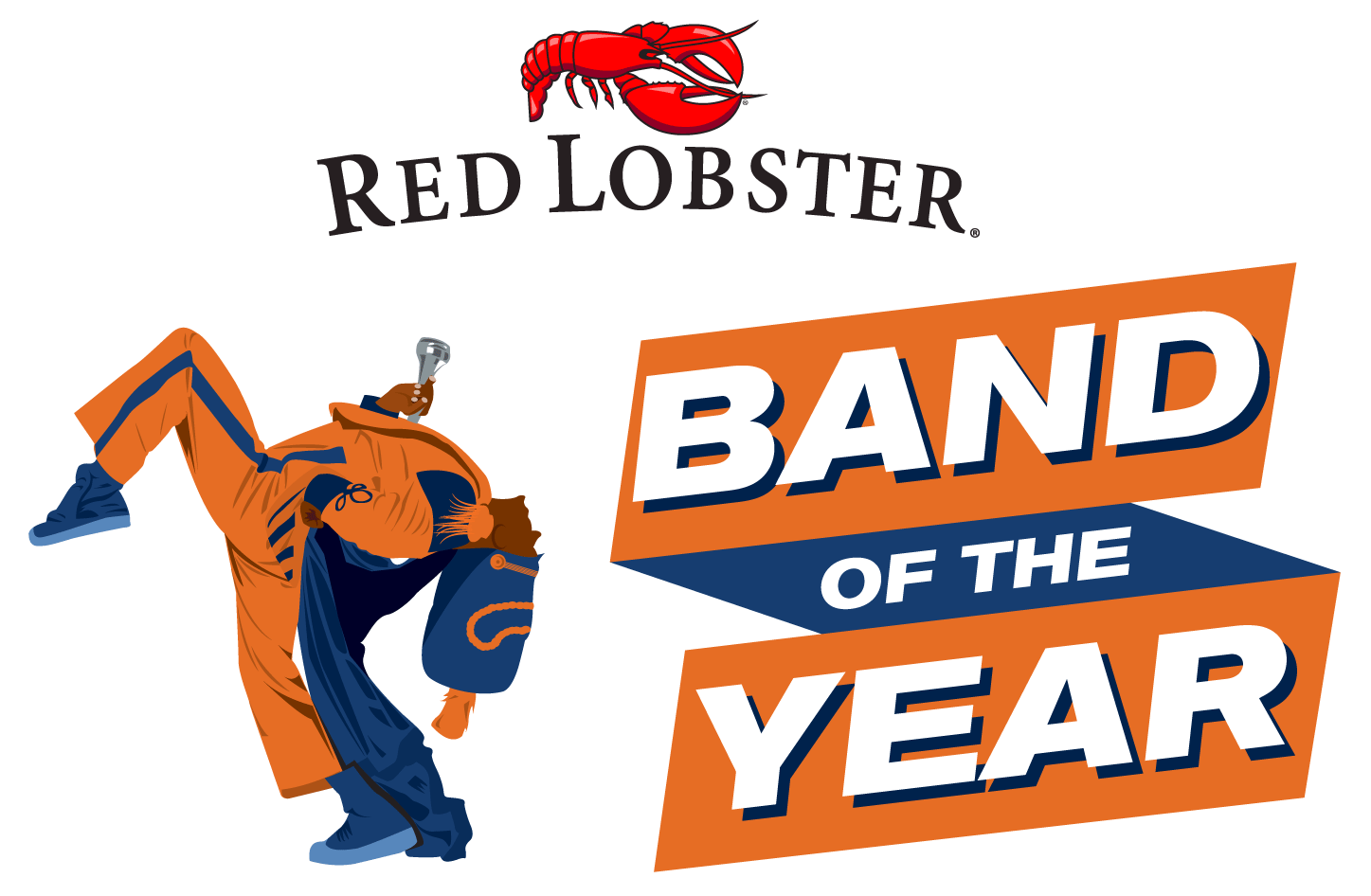Ron Dayne. Tony Dorsett. Charles White. LaDainian Tomlinson. Herschel Walker. Archie Griffin.
Some of the greatest names to ever run the ball in NCAA history are part of an elite club of 18 players, rushers who have reached the 5,000-yard career rushing plateau.
With 40 yards in the Raycom Media Camellia Bowl on Saturday night, Appalachian State senior tailback Marcus Cox will join that club.
“That would definitely be a cool experience, to be in that elite company of guys,” he said.
The 5-foot-10, 205-pound senior from Dacula, Ga., should have joined the club earlier this year, but a quad injury sidelined him for four games in the middle of the season.
And while it might have been distressing for Mountaineer fans, little did anyone know that Cox’s backup, Jalin Moore, would make an immediate impact and leave head coach Scott Satterfield some tough questions about playing time once Cox recovered from his injury.
“It’s a good problem to have, to have two backs the caliber of these guys,” Satterfield said. “Marcus became the all-time leading rusher in Appalachian State history this year. And Jalin had a big-time year, almost 1,400 yards rushing. He’s the offensive MVP in the Sun Belt.
“Once Marcus came back, we’re just sort of incorporating both guys into the offense and I think maybe four out of the last five games they both had over 100 yards.”
Cox tore his quad against Miami, putting the brakes on a senior season that had already seen him eclipse the century mark against Tennessee and Old Dominion and average 5.9 yards per carry (50-296) in the first three games of the year against two Power Five conference teams.
Into his shoes stepped Moore, with the sophomore rushing for 257 yards on 39 carries against Akron in his starting debut. He followed it up with 149 yards against Georgia State, 106 against Louisiana-Lafayette and 114 against Idaho as Cox continued to heal.
“I have a lot of love for Jalin, that’s my boy right there,” Cox said. “I just tried to help him the best I could when I was hurt. That was the best way I could contribute to the team. It seemed like I did that. He had a great year this year. Just having us both back there gives us a nice one-two punch.”
When Cox returned to the lineup, the two took turns punishing opponents. Cox had 115 yards on 18 carries in his first game back against Georgia Southern, while Moore had 126 yards on 15 carries.
With the exception of a game late in the year at Troy, both Cox and Moore have tallied 100-yard games over the last five games of the season.
“We usually alternate series with those guys and once they’re fresh, we’ll put them back in, but we do have a few sets where we have them both in the game at the same time,” Satterfield said. “We started doing that about three games ago and that’s been very successful for us. Any time you get two ‘best’ players in the backfield, I think that makes the defense have a hard time defending that.”
Cox didn’t want to second-guess his coach’s strategy, but it was clear he likes it best when both players are in the backfield at the same time.
“It really doesn’t matter,” he said, “but I feel like when we’re both back there, it’s definitely a lethal part of our offense.”
Last year, Cox earned the Bart Starr Award as the game’s most valuable player in a last-second victory over Ohio, propelling the Mountaineers to a 9-3 season and a conference championship in 2016.
“Winning MVP last year was definitely a cool experience,” Cox said. “I didn’t think I was going to get it, but I’m definitely honored and blessed to receive that award. I’d definitely love to take it home again one more time and end my career right, but at the end of the day it really doesn’t matter if we don’t get the win.”





























